With the development of high-power and ultra-large-scale integrated circuits, the heat dissipation between the integrated circuit and the substrate is becoming more and more important. Therefore, the substrate must have high thermal conductivity and resistivity. Aluminum nitride has the advantages of high thermal conductivity, high temperature insulation, excellent dielectric properties, good corrosion resistance, and expansion properties that match with semiconductor Si, so it has become an excellent heat dissipation material for electronic packaging, and is an excellent source for assembling large-scale integrated circuits. Essential high-performance ceramic substrate material. Pintejin Ceramics is the concept of professional and technical innovation, honest cooperation and sustainable development. Provide new customers with excellent quality, perfect service and good reputation. In addition, our company has unique ceramic mirror polishing technology, which ensures that the brightness, color and finish of our products are superior to similar products. of unanimous praise. Pintejin Ceramics looks forward to working with you all. Contact Pintejin Ceramics Tel: +86 769 82886112.
The Preparation of AlN ceramic substrate powder

1. Al powder direct nitridation method
The direct nitridation method of Al powder has a wide range of raw materials, simple process, and can react at a lower temperature, but this reaction is a strong exothermic reaction, and the reaction process is difficult to control due to the release of a large amount of heat, resulting in a low conversion rate of aluminum powder. The product is easy to agglomerate, the particle size of the product is coarse, and the quality stability is poor, so the process should be carefully controlled.
2. Al2O3 carbothermic reduction method
The advantages of the carbothermic reduction method are wide source of raw materials, simple process, high purity of the synthesized powder, small particle size and uniform distribution; The carbon removal treatment is carried out, resulting in higher production costs.
3. Self-propagating high temperature synthesis method
The reaction speed of the self-propagating high temperature synthesis method is fast, no external heating is required, and the cost is low, but the production efficiency is low, and it is suitable for large-scale industrial production. During the reaction process, the heating and cooling speed is extremely fast, and it is easy to form high-concentration defects and non-equilibrium structures. The crystal shape of the powder is irregular, and the particle size distribution is uneven. In addition, the preparation methods of aluminum nitride powder include high-energy ball milling, chemical vapor deposition, sol-gel method, plasma chemical synthesis, in-situ self-reaction synthesis, arc melting, microwave synthesis, and solvothermal synthesis. law, etc.
The Forming of AlN ceramic substrate
1. Tape casting
The main process for preparing aluminum nitride ceramic substrates by tape casting. The aluminum nitride powder, sintering aids, binders and solvents are mixed uniformly to make a slurry, which is made into a blank by casting, and punched by a combined die. The standard sheet is then punched into through holes with a program-controlled punch, and metal patterns are printed by screen printing. Each green sheet with functional graphics is superimposed and laminated into a multi-layer ceramic green sheet, which is removed at about 700°C in nitrogen. The binder is then co-fired in nitrogen at 1800°C to form a multilayer aluminum nitride ceramic after electroplating. There are two types of tape casting: organic tape casting and water-based tape casting. The application of tape casting method in AlN ceramic substrate has strong advantages, such as low equipment requirements, continuous production, high production efficiency, high degree of automation, and low production cost, which is very suitable for modern industrial production.
2. Injection molding
First, the AlN powder and organic binder are mixed in a certain proportion, and the feedstock with stable performance is obtained after granulation, and then the green body is formed on the injection molding machine, and then the AlN ceramic substrate is obtained after degreasing and sintering.
3. Casting isostatic pressing composite molding
The solid volume content of the slurry prepared by the traditional tape casting process is low, and the volatilization of some organic solvents in the drying stage can easily lead to an increase in the porosity of the green body, thereby loosening the green body structure and weakening the later sintering. As a result, it is difficult to prepare AlN ceramic substrates with high density and high thermal conductivity. The tape casting isostatic pressing composite molding process is a new type of ceramic substrate molding process developed based on non-water-based and water-based tape casting. Press secondary molding to make up for the defects of low density and loose structure left by the previous molding process.
The Sintering process of AlN ceramic substrate
The sintering aid has two main functions: on the one hand, it forms a low melting point phase, realizes liquid phase sintering, reduces the sintering temperature, and promotes the densification of the green body; on the other hand, high thermal conductivity is an important property of the AlN substrate, while the actual AlN Due to the existence of various defects such as oxygen impurities in the substrate, the thermal conductivity is lower than its theoretical value. The addition of sintering aids can react with oxygen to complete the crystal lattice, thereby improving the thermal conductivity. Commonly used sintering aids are mainly based on compounds of alkaline earth metals and rare earth elements, and the sintering ability of unit sintering aids is often very limited, usually with sintering temperature above 1800 °C, longer sintering time and more content of sintering aids, etc. condition. If only one sintering aid is used in the sintering process, the required sintering temperature is difficult to reduce, and the production cost is high. The components of binary or multi-component sintering aids promote each other, and often get more obvious sintering effect. At present, there are generally two ways to introduce sintering aids, one is to add them directly, and the other is to make precursors in the form of soluble nitrates to generate sintering aids in situ. The sintering aid produced by the latter has a more uniform distribution of components, finer particles and larger specific surface energy.
1. Sintering temperature
The increase of sintering temperature helps to improve the thermal conductivity and strength of AlN ceramics. Wang Liying et al. sintered in the range of 1500~1800 ℃, and found that the increase of temperature is conducive to the increase of thermal conductivity of AlN ceramic materials, and the thermal conductivity of the obtained AlN ceramics increased from 76.9W/(m·K) to 113.9W/ (m·K). In the sintering furnace, the uniformity of the sintering temperature profoundly affects the AlN ceramics. The study of sintering temperature uniformity also provides a guarantee for mass production and reduces production costs, which is conducive to the commercial production of AlN ceramic substrate products.
2. Sintering method
AlN ceramic substrates generally use pressureless sintering. This sintering method is the most common sintering method. Although the process is simple, the cost is low, and the shape can be complex, the sintering temperature is generally high. It is generally not possible to prepare high-performance ceramic substrates. The traditional sintering method generally heats the AlN body by an external heat source, and the heat conduction is uneven and the speed is slow, which will affect the sintering quality. Microwave sintering absorbs microwave energy through the green body to heat itself. The heating process is carried out simultaneously within the entire material, with fast heating rate and uniform temperature dispersion, preventing the excessive growth of AlN ceramic grains. This rapid sintering technology can give full play to the properties of sub-micron and nano-scale powders, and has a strong development prospect. Spark plasma sintering technology mainly utilizes the instantaneous high temperature field generated by discharge pulse pressure, pulse energy and Joule heat to achieve rapid sintering. The main features of spark plasma sintering technology are fast heating rate, short sintering time and low sintering temperature, which can realize rapid and low-temperature sintering of AlN ceramics. Through this sintering method, each particle of the sintered body can self-generate uniformly like microwave sintering to activate the particle surface, and a densified and highly thermally conductive sintered body can be obtained in a short time.
About China Advanced Ceramic CNC Machining Company – Be-Cu
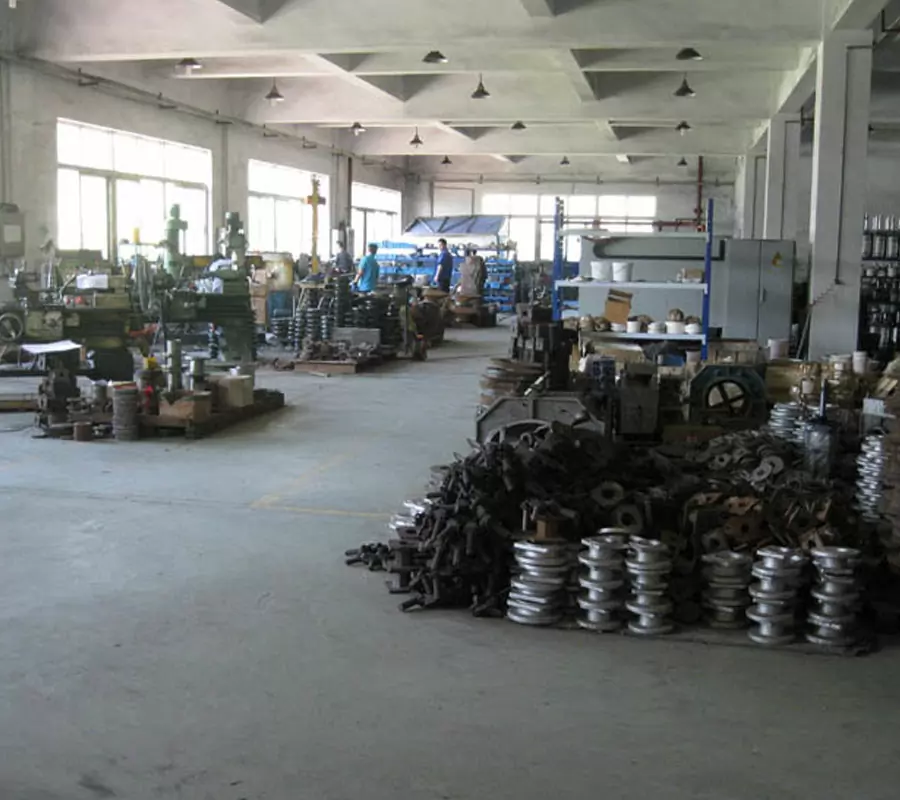
Manufacturer of precision machined components. Ceramic cnc machining components include high dielectric strength, electrical & corrosion resistance, & non-porous & non-shrinking properties.Manufacturer of high temperature fabricated and machinable ceramics including alumina, glass-ceramic, alumino-silicate, boron nitride and zirconium phosphate. Adhesives, coatings and potting compounds to 3200 degrees F,Air firing services for ceramics up to 1650 degrees C also available. Products include insulators, guides, washers, tubes, blocks, & rods for thermal, electrical, corrosion exposure, structural, wear, & semi-conductor operations. Services include machining to tolerances of +/- .0001, ultrasonic core drilling, centerless grinding, milling, & ID & OD threading.Surface grinding, dicing, OD (outer dia.) grinding, ID (inner dia.) grinding, centerless grinding, hole drilling, jig grinding, lapping, honing & polishing service are also available. Diamond grinding with dimensional tolerances of 5 microns & surface finishes of 0.2 microns (8 micro-in.) can be performed.Blanket orders and AutoCAD files & other 3d files accepted.Contact us for your machining ceramic project!
-
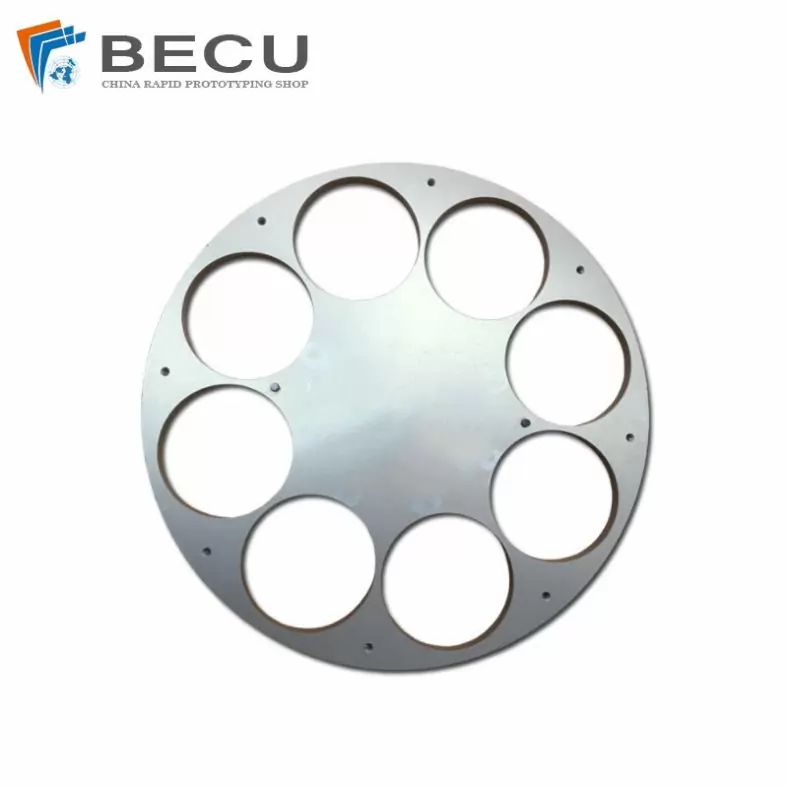
Metal Plating ZrO2 Zirconia Ceramic Parts
-
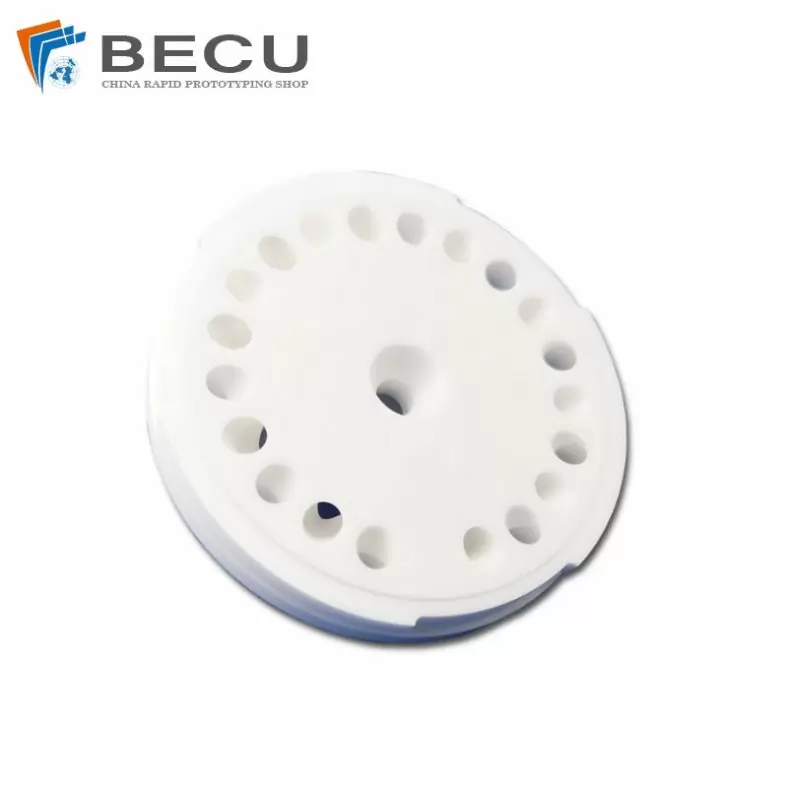
ZrO2 Structural Ceramic Semiconductor Parts
-

Alumina Ceramic Screw Type Parts
-
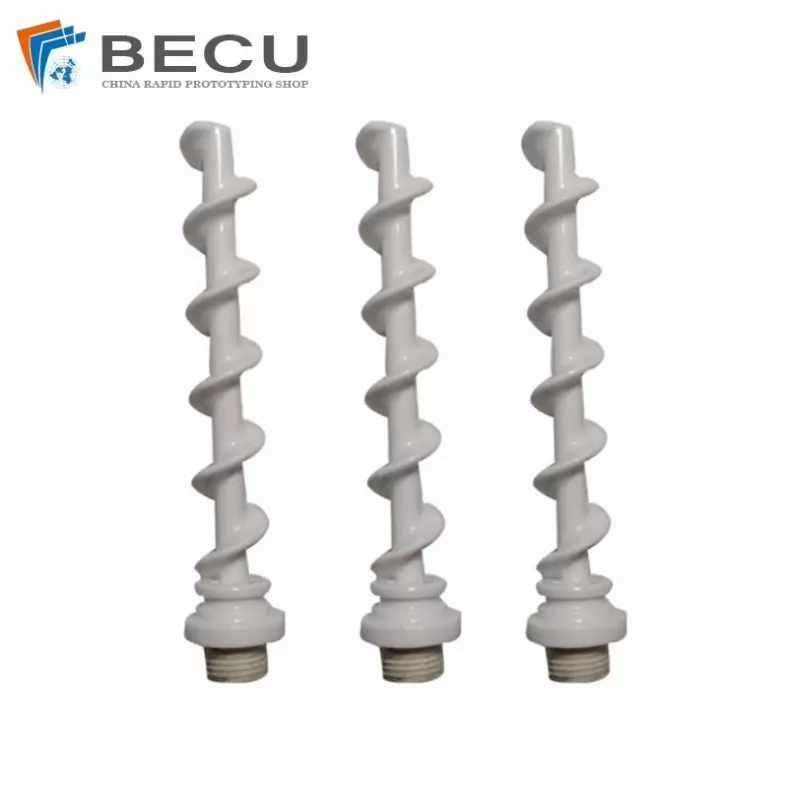
Cnc Machining Alumina Ceramic Screw Heating Pipe
-
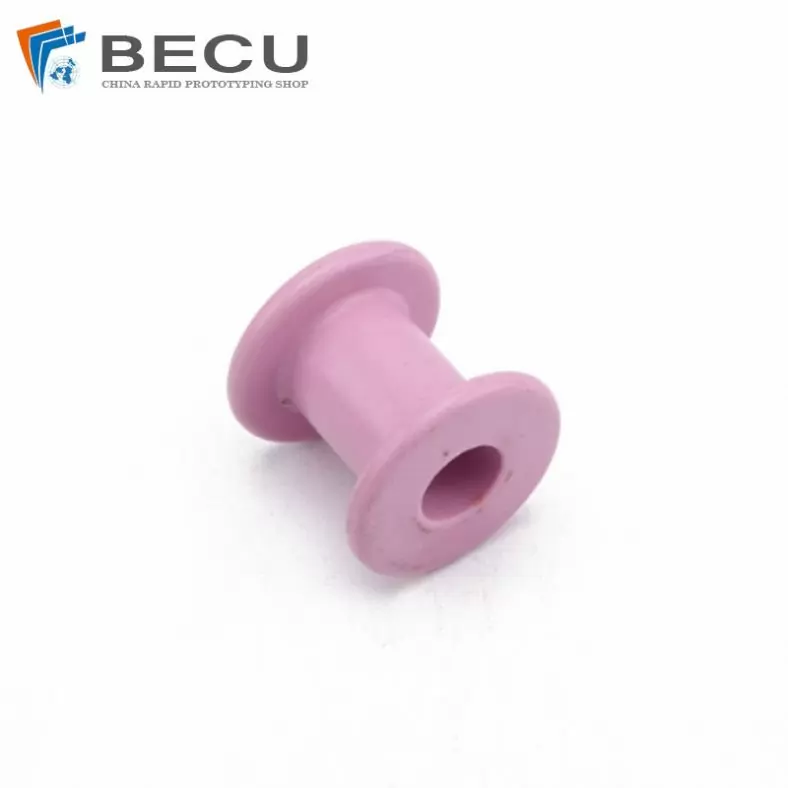
Brushed Fishing Tackle Alumina Ceramic Accessories
-

Winding Machine Alumina Ceramic Wire Wheel
-

Insulation Device Microcrystalline Ceramic Multi-Slot Ceramic Column
-
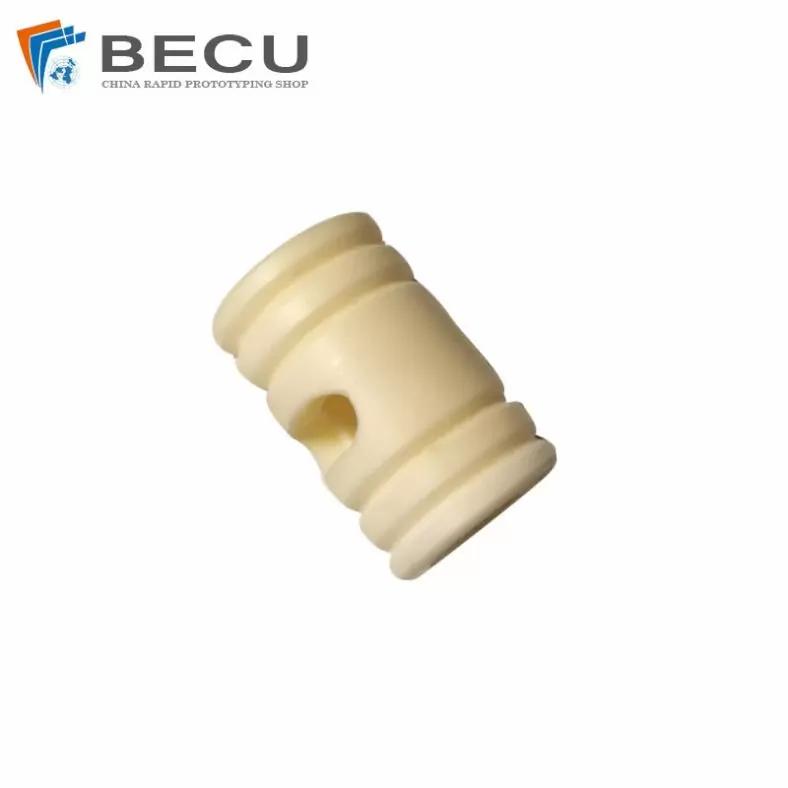
99 Alumina Ceramic Spool Insulator Sleeve
-
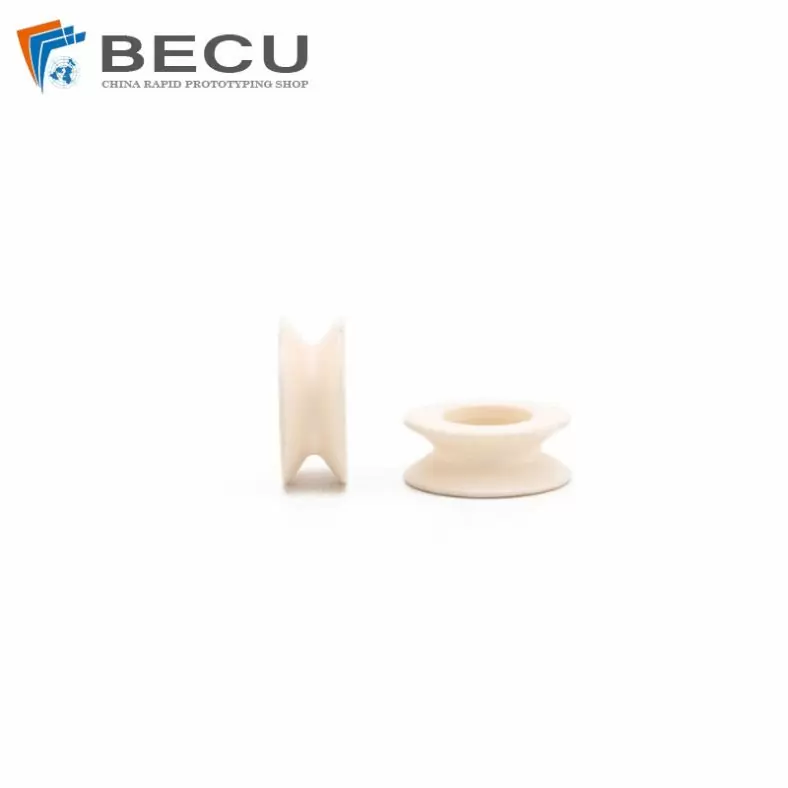
The Alumina Ceramic Ring Of Textile Machine Thread Passing Wheel
-

Isostatic Pressure Insulation Alumina Ceramic Column
